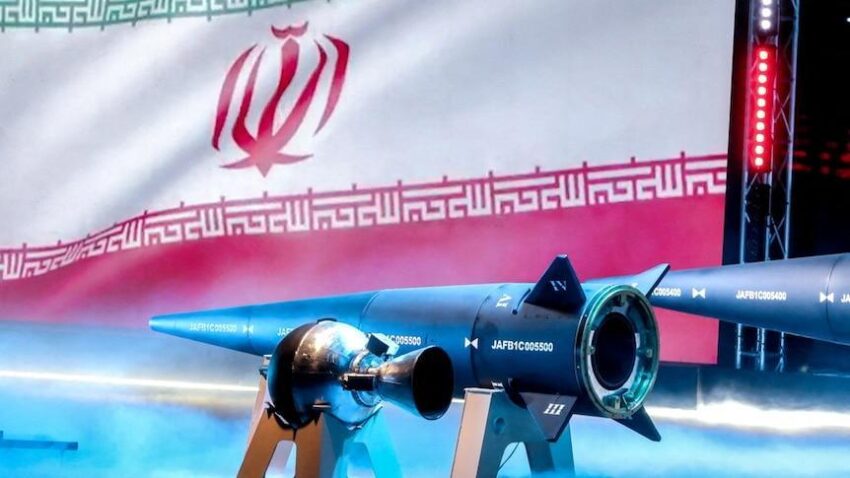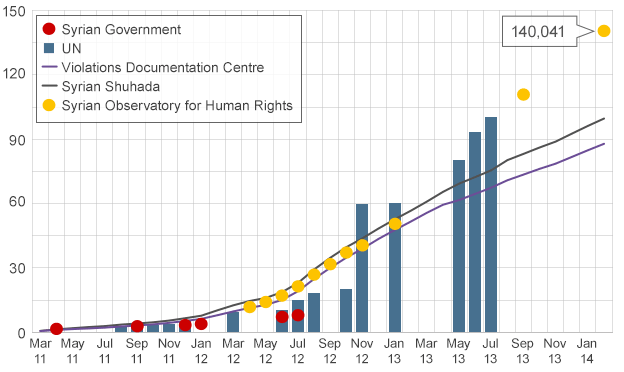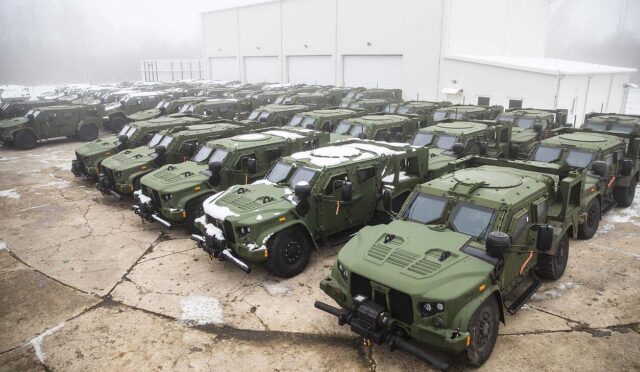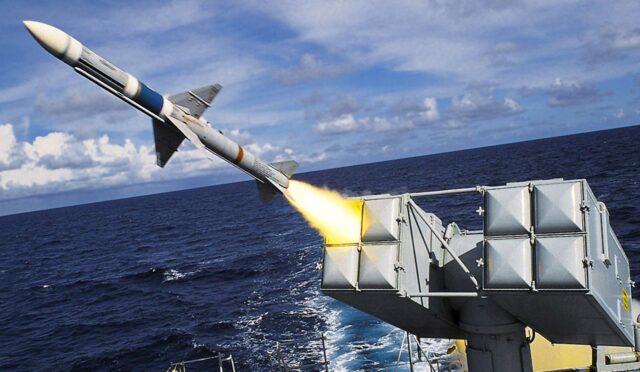Iran Unveils New Supersonic Cruise Missile
The Iranian military has made headlines with the announcement of an indigenous supersonic cruise missile that is set to be unveiled next month. With a striking range of 2,000 kilometers (approximately 1,242 miles), this advanced missile system is poised to significantly enhance Iran’s naval defense and deterrence strategies.
In a statement from Rear Admiral Alireza Tangsiri, commander of Iran’s Islamic Revolution Guards Corps Navy, it was revealed that the new missile will be AI-powered, boosting its precision strike capabilities. Tangsiri emphasized that the missiles can now be launched from deep within Iranian territory, eliminating the necessity for coastal launches, which increases their strategic advantage.
Strategic Relocation of Military Assets
To further solidify its defense posture, Iran has recently moved key military assets to high-altitude locations along its coast. This strategic relocation aims to safeguard these assets from potential missile or bombing threats, as highlighted by Tangsiri, who assured that ongoing enhancements are in place to protect Iranian military strength.
This shift in military infrastructure comes at a crucial time when regional tensions are high. The Iranian government continues to bolster its defense capabilities, a move that has been underscored by its recent unveiling of an underground missile facility designated for naval operations on the southern coastline.
The Rise of Domestic Defense Technologies
Amid escalating tensions in the region, the Islamic Republic has stressed the importance of developing domestically-produced defense technologies. The new underground missile facility, referred to as a ‘missile city’ by state media, features multiple systems supported by a network of underground tunnels.
This announcement follows another significant reveal – the unveiling of an underground naval base just weeks prior. These developments come at a time when Iran is closely monitoring the actions of the United States, particularly following President Donald Trump’s re-election and the anticipated continuation of a ‘maximum pressure’ policy towards Tehran.







